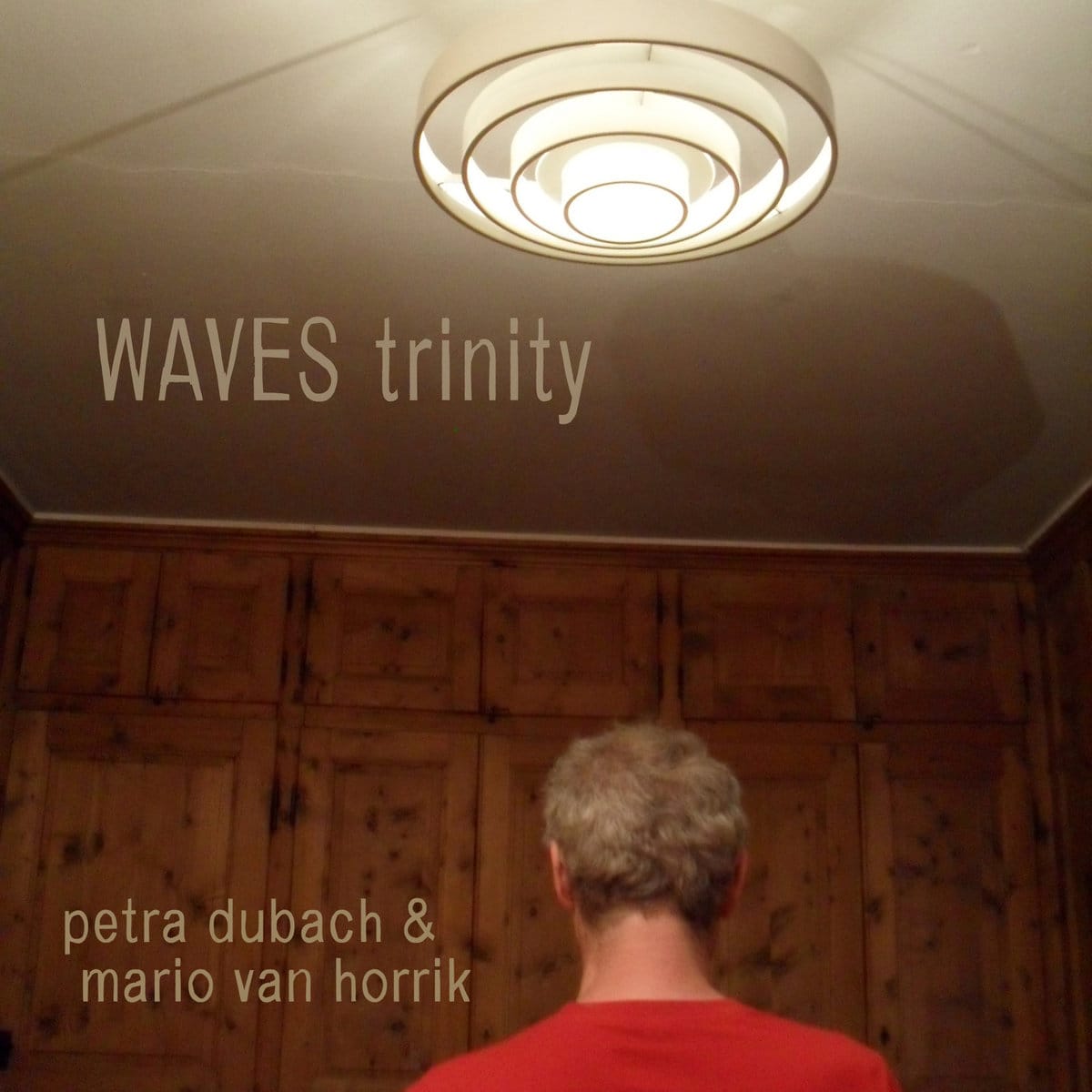Review: Petra Dubach + Mario van Horrik – WAVES Trinity
Three strings are suspended from the walls, yet nothing happens unless they're brought into connection with eachother.

Petra Dubach and Mario van Horrik started collaborating in 1983 as a dancer and musician respectively. During this time, they realised that the foundational component of their disciplines depend on eachother: there is no movement if there is no sound, and vice versa. They’ve since expanded their practice to include performances where both players are working primarily with sound, often facing eachother across a table and activating devices on the surface between them. A personal favourite among their projects is the Flexitar: a setup they developed across the 80s and 90s, wherein two guitars are interconnected by amplified long strings and a piece of elastic cord. Collaboration is not simply two separate souls spiralling off into opposite corners, sharing nothing but a common timeline and mutual space; it’s the manifestation of a new whole, within which all components are interdependent.
WAVES Trinity renders this principle in sculptural terms. Three strings are suspended between the walls, with a distance of about 30cm between them. Two of these strings (1 and 3) have a shaker hung near one of the ends, while the other (string 2) is attached to a piëzo pickup that leads into a mixing board, which in turn leads into a guitar amplifier. If the setup is simply turned on, nothing happens. Sound is only heard when the three strings are interconnected, which the duo achieve by laying pieces of metal across the strings. This triggers a feedback loop, whose overall shape depends on a number of variables: the tuning of the individual strings, the influence of the two shakers, the movement of the metal sat upon the strings as the vibrations carry it to a new position. Prolonged listening is also another factor, with certain details (tonal pulses, buzzing edges) rising to prominence through concentration alone.
“What you hear is not a concert, not a composition,” remarks the release text, “but just a process following the laws of physics translated into sound”. One infers from this that there’s no intervention from the “players” across these five extended pieces. Textures vary from gong-like accruals of metallic wash and circulating hums, to a more taut, synthesiser-esque droning agitation, to rich overtonal stirrings that resemble a large orchestra in a pre-crescendo simmer. As per their discovery regarding the crossover of their two original disciplines, those passages of “stasis” simply aren’t static – there are always pulses of rhythm supporting each momentary equilibrium, coupled with the persistent sensation that all is forever on the brink of change. One doesn’t need to see the system to visualise these pieces of metal quivering across the suspended strings, carried by self-perpetuating vibration, augmenting the frequency distribution as the material shimmies to the left of the string, now toward the centre, now to the right. An abrupt shift occurs six minutes into the opener “E Minor Disturbance”: a mellow drone starts to give way to an angry rasp, which throbs erratically as if the loose metal has started bouncing up and down on the strings. And again, at 11 minutes: the system destabilises, metallic textures start gnashing, before settling into post-turmoil tinnitus ring that melts to leave a lurk of cymbal-like hissing and harmonic collision. I wonder where Dubach and van Horrik are while all this is happening. Are they even in the room?


